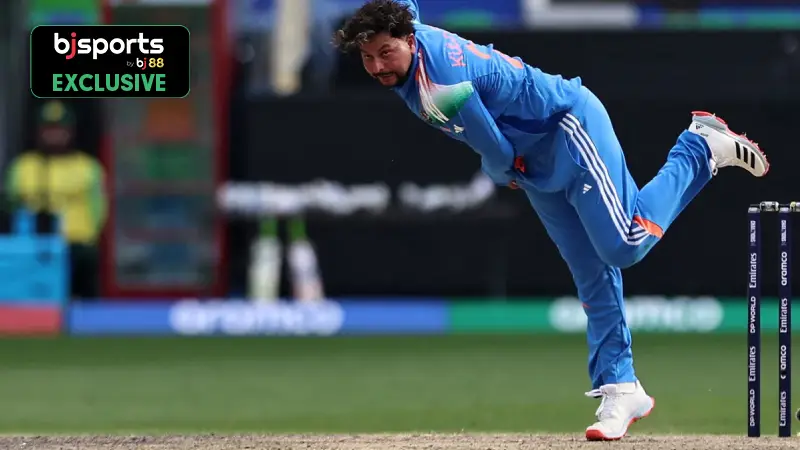
During the 1st test match of the series against England in 2004 West Indies wrote an unwanted record to their name. The match saw West Indies scoring their lowest total in Tests. On 14th March 2004 England bowled out West Indies on 47 runs which is still their lowest total in Test cricket. At Sabina Park Kingston West Indies elected to bat first. Chris Gayle and Devon Smith opened the batting attack for the West Indies. However they did not give West Indies the start they needed. England got the start they needed as Steve Harmison got Chris Gayle to get the first wicket of West Indies.
While Devon Smith stood strong before getting out he scored 108 runs with help of Ryan Hinds they had a partnership which helped West Indies to get a respectable total. Later Ryan Hinds also scored 84 runs as West Indies scored 311 runs before getting all out. Matthew Hoggard bowling helped England as he picked three wickets.
Coming to bat England got into struggles as they failed to make a partnership. However Mark Butcher and Nasser Hussain managed to score half-centuries each as England put on a score of 339 runs. Fidel Edwards and Tino Best picked three wickets each as West Indies managed to restrict England to keep the score below 400 runs. In reply West Indies performed poorly in the second innings as they even failed to manage a 50 runs mark.
Both the openers failed to give the team a start and the whole batting line-up collapsed in front of Steve Harmison bowling. In the second innings Steve Harmison picked seven wickets as he didn’t give the West Indies batter a chance to build a partnership. As West Indies were bowled out on 47 runs England needed only 20 runs to win and start the series on a good note. However England’s opening pair managed to get a win. Steve Harmison bowling helped him to win Man of the Match award and picked his career best figures for England.
Disclaimer: This Exclusive News is based on the author’s understanding, analysis, and instinct. As you review this information, consider the points mentioned and form your own conclusions.
 IND vs SA 2025: Predicting India XI for 4th T20I
IND vs SA 2025: Predicting India XI for 4th T20I IND vs SA 2025: Predicting South Africa XI for 4th T20I
IND vs SA 2025: Predicting South Africa XI for 4th T20I ILT20 2025: Predicting top 3 player battles for match 18
ILT20 2025: Predicting top 3 player battles for match 18 ILT20 2025: Predicting Dubai Capitals XI for match 18
ILT20 2025: Predicting Dubai Capitals XI for match 18

